18K White Gold: Everything You Need to Know
18K white gold is a popular choice for jewelry due to its beautiful appearance and durability. It is composed of 75% pure gold and 25% other metals, such as silver and palladium, which give it its white color. In this article, we will explore the composition, properties, advantages, and disadvantages of 18K white gold. We will also discuss how it is made, compare it with other gold alloys, and provide tips for caring for and maintaining 18K white gold jewelry. Lastly, we will examine its popular uses in engagement rings, wedding bands, necklaces, and bracelets.
Key Takeaways
- 18K white gold is composed of 75% pure gold and 25% other metals.
- It has a beautiful white color and is often used in jewelry.
- 18K white gold is more durable than 14K white gold.
- It can be rhodium plated to enhance its shine and durability.
- Proper care and maintenance are important to keep 18K white gold jewelry looking its best.
What is 18K White Gold?
Composition of 18K White Gold
18K white gold is composed of 75% pure gold and 25% other metals, such as silver, palladium, or nickel. The addition of these metals gives the gold alloy its white color and enhances its durability and strength. The exact composition may vary slightly depending on the specific jewelry piece or manufacturer.
In comparison, 14K white gold contains 58.3% pure gold and 41.7% other metals, while 18K yellow gold is made up of 75% pure gold and 25% other metals, but without the addition of white metals.
Here is a table summarizing the composition of different gold alloys:
| Gold Alloy | Gold Content | Other Metals | Color |
|---|---|---|---|
| 18K White Gold | 75% | 25% (silver, palladium, or nickel) | White |
| 14K White Gold | 58.3% | 41.7% (silver, palladium, or nickel) | White |
| 18K Yellow Gold | 75% | 25% (copper, silver, or zinc) | Yellow |
Properties of 18K White Gold
18K white gold has several unique properties that make it a popular choice for jewelry:
-
Durability: 18K white gold is known for its durability and resistance to scratches and tarnish.
-
Color: The alloy of 18K white gold gives it a beautiful white color, similar to platinum.
-
Hypoallergenic: Unlike some other metals, 18K white gold is hypoallergenic and suitable for those with sensitive skin.
-
Versatility: 18K white gold can be easily shaped and molded into intricate designs, making it a versatile choice for jewelry.
-
Value: 18K white gold combines the beauty of gold with the durability of other metals, making it a valuable choice for jewelry lovers.
Advantages of 18K White Gold
18K White Gold offers several advantages over other gold alloys:
-
Durability: With a higher gold content than 14K white gold, 18K white gold is more resistant to scratches and wear.
-
Purity: 18K white gold contains 75% pure gold, giving it a rich and luxurious appearance.
-
Hypoallergenic: Unlike some other metals, 18K white gold is less likely to cause allergic reactions, making it a suitable choice for those with sensitive skin.
-
Versatility: The neutral color of 18K white gold allows it to complement a wide range of gemstones and designs, making it a popular choice for jewelry.
-
Value: While 18K white gold may be more expensive than lower karat gold alloys, its higher gold content makes it a valuable investment.
-
Elegance: The bright and lustrous appearance of 18K white gold adds a touch of elegance to any piece of jewelry.
Disadvantages of 18K White Gold
While 18K white gold offers many advantages, it also has a few disadvantages to consider:
-
Softness: Compared to other gold alloys, 18K white gold is relatively soft and can be prone to scratches and dents. This means that it may require more frequent maintenance and repairs.
-
Allergic Reactions: Some individuals may have allergic reactions to the nickel content in 18K white gold. If you have sensitive skin, it is important to consider this before purchasing jewelry made from this alloy.
-
Cost: 18K white gold is generally more expensive than lower karat gold alloys. The higher gold content and additional alloying metals contribute to its higher price point.
Despite these disadvantages, many people still choose 18K white gold for its beauty and durability.
How is 18K White Gold Made?
Alloying Process
The alloying process is a crucial step in the creation of 18K white gold. It involves combining pure gold with other metals to enhance its durability and achieve the desired color. Typically, white gold is alloyed with metals such as silver, palladium, nickel, or zinc. The proportions of these metals can vary, but the most common composition for 18K white gold is 75% gold and 25% other metals. This combination creates a beautiful white hue that resembles platinum or silver.
To ensure the alloying process is successful, precise measurements and controlled temperatures are necessary. The metals are melted together in a crucible, and the mixture is carefully stirred to achieve a homogeneous blend. Once the desired composition is achieved, the molten metal is cast into various shapes and forms, ready to be transformed into stunning jewelry pieces.
Rhodium Plating
Rhodium plating is a common technique used to enhance the appearance of 18K white gold jewelry. It involves applying a thin layer of rhodium, a rare and highly reflective metal, onto the surface of the gold. This plating gives the jewelry a bright, white, and shiny finish, similar to that of platinum.
One of the main benefits of rhodium plating is that it provides a protective barrier for the underlying gold, preventing it from tarnishing or becoming dull over time. Additionally, the rhodium plating can help to reduce the risk of allergic reactions, as it creates a barrier between the skin and the gold alloy.
It's important to note that rhodium plating is not permanent and may wear off over time with regular wear. However, it can be easily re-plated to restore the jewelry's original appearance. It is recommended to have rhodium-plated jewelry re-plated every few years to maintain its luster and shine.
In summary, rhodium plating is a popular technique used to enhance the appearance and durability of 18K white gold jewelry. It provides a bright, white finish and helps to protect the underlying gold from tarnishing. Regular re-plating is recommended to maintain the jewelry's original appearance.
Finishing Techniques
After the alloying process and rhodium plating, 18K white gold goes through various finishing techniques to enhance its appearance and durability.
One common finishing technique is polishing. This involves using abrasive materials to remove any imperfections on the surface of the gold, resulting in a smooth and shiny finish.
Another finishing technique is engraving. Jewelers can add intricate designs or personalization to 18K white gold jewelry through the process of engraving. This adds a unique touch and can make the piece more meaningful.
Additionally, 18K white gold jewelry may undergo a process called satin finishing. This technique creates a matte or brushed texture on the surface of the gold, giving it a more contemporary and modern look.
Overall, these finishing techniques play a crucial role in enhancing the aesthetic appeal and longevity of 18K white gold jewelry.
Comparison with Other Gold Alloys
18K White Gold vs. 14K White Gold
When comparing 18K white gold to 14K white gold, there are a few key differences to consider:
-
Composition: 18K white gold contains a higher percentage of pure gold (75%) compared to 14K white gold (58.3%). This higher gold content gives 18K white gold a richer and more vibrant color.
-
Durability: Due to its higher gold content, 18K white gold is generally softer and more prone to scratches and wear compared to 14K white gold. However, both alloys are still durable enough for everyday wear.
-
Price: 18K white gold is typically more expensive than 14K white gold due to its higher gold content.
-
Color: While both alloys have a white appearance, 18K white gold tends to have a slightly warmer tone compared to the cooler tone of 14K white gold.
When choosing between 18K white gold and 14K white gold, consider your budget, desired color tone, and durability preferences.
18K White Gold vs. 18K Yellow Gold
When comparing 18K white gold and 18K yellow gold, there are a few key differences to consider:
-
Color: The most obvious difference between the two is the color. 18K white gold has a bright white appearance due to the rhodium plating, while 18K yellow gold has a warm, yellow hue.
-
Composition: Both alloys are made up of 75% gold, but the remaining 25% differs. 18K white gold is mixed with other white metals such as silver and palladium, while 18K yellow gold is mixed with copper and sometimes silver.
-
Durability: 18K white gold is generally more durable than 18K yellow gold due to the added strength of the white metal alloys.
-
Maintenance: 18K white gold requires regular rhodium plating to maintain its bright white color, while 18K yellow gold does not require any additional maintenance.
It's important to consider these factors when choosing between 18K white gold and 18K yellow gold for your jewelry.
18K White Gold vs. Platinum
When comparing 18K white gold and platinum, there are several factors to consider. One important difference is the cost. Platinum is generally more expensive than 18K white gold due to its rarity and density. Another factor to consider is durability. While both metals are strong and resistant to wear, platinum is known for its exceptional durability and is less likely to scratch or lose its shine over time.
In terms of color, 18K white gold has a slightly warmer tone compared to platinum, which has a naturally bright white appearance. However, 18K white gold can be rhodium plated to enhance its whiteness and give it a similar look to platinum.
When it comes to maintenance, both 18K white gold and platinum require regular cleaning and care to keep them looking their best. However, platinum is more resistant to tarnish and corrosion, making it a low-maintenance option.
In summary, while 18K white gold is a beautiful and popular choice for jewelry, platinum offers a higher level of durability and a naturally bright white color.
Care and Maintenance of 18K White Gold
Cleaning Techniques
Cleaning 18K white gold jewelry is essential to maintain its shine and luster. Here are some effective cleaning techniques:
-
Warm Soapy Water: Fill a bowl with warm water and add a few drops of mild dish soap. Soak the jewelry for a few minutes, then gently scrub with a soft-bristled toothbrush. Rinse with clean water and pat dry with a soft cloth.
-
Ammonia Solution: Mix equal parts of ammonia and water in a bowl. Soak the jewelry for 10-15 minutes, then scrub gently with a soft brush. Rinse thoroughly and dry with a soft cloth.
-
Jewelry Cleaning Solution: Use a commercial jewelry cleaning solution specifically designed for white gold. Follow the instructions on the product for best results.
Remember to avoid using harsh chemicals or abrasive materials that can damage the surface of the jewelry. Regular cleaning will help keep your 18K white gold jewelry looking its best.
Storage and Protection
When it comes to storing and protecting your 18K white gold jewelry, there are a few important considerations to keep in mind:
-
Avoid storing your jewelry with other metal pieces to prevent scratching and damage. It's best to keep each piece in a separate compartment or pouch.
-
Keep your 18K white gold jewelry away from harsh chemicals and cleaning agents, as they can cause discoloration or damage to the metal.
-
Regularly clean your 18K white gold jewelry to maintain its shine and luster. You can use a mild soap and warm water solution, gently scrubbing the jewelry with a soft brush.
-
Consider getting your 18K white gold jewelry professionally cleaned and inspected at least once a year to ensure any potential issues are addressed early on.
Remember, proper storage and maintenance will help your 18K white gold jewelry last for generations to come.
Repair and Restoration
When it comes to repairing and restoring 18K white gold jewelry, it is important to consult a professional jeweler. They have the expertise and tools necessary to handle delicate repairs and restore the piece to its original beauty. Some common repair and restoration services for 18K white gold jewelry include:
-
Polishing and refinishing: Over time, 18K white gold jewelry may develop scratches or lose its shine. A jeweler can polish and refinish the piece to remove surface imperfections and restore its luster.
-
Stone replacement: If a stone in your 18K white gold jewelry becomes loose or falls out, a jeweler can replace it with a new one. They will ensure that the new stone matches the original in terms of size, color, and quality.
-
Prong repair: The prongs that hold the stones in place may wear down or become damaged over time. A jeweler can repair or replace the prongs to ensure the stones are securely set.
Remember, proper care and maintenance can help prevent the need for extensive repairs and prolong the lifespan of your 18K white gold jewelry.
Popular Uses of 18K White Gold
Engagement Rings
Engagement rings are one of the most popular uses of 18K white gold. The bright white color of the gold complements the sparkle of diamonds or other gemstones, making it a popular choice for engagement rings. 18K white gold is also commonly used for wedding bands. Its durability and elegant appearance make it a perfect choice for symbolizing the commitment of marriage. In addition to engagement rings and wedding bands, 18K white gold is also used for necklaces and pendants. The versatility of the metal allows for intricate designs and the ability to showcase gemstones. Bracelets and bangles are another popular use for 18K white gold. The metal's strength and durability make it suitable for everyday wear, while its lustrous appearance adds a touch of elegance to any outfit.
Wedding Bands
Wedding bands are one of the most popular uses of 18K White Gold. They are cherished symbols of love and commitment exchanged during wedding ceremonies. The durability and elegance of 18K White Gold make it an ideal choice for wedding bands. Its high gold content combined with other alloy metals gives it strength and resilience, ensuring that the band will withstand everyday wear and tear.
-
Wedding bands made of 18K White Gold are known for their timeless beauty and versatility. The bright white color of the gold complements a variety of gemstones, allowing couples to personalize their bands with diamonds, sapphires, or other precious stones.
-
Maintenance and care of 18K White Gold wedding bands are relatively simple. Regular cleaning with a mild soap and warm water solution, followed by gentle drying with a soft cloth, helps to keep the band looking its best. It is also recommended to remove the band when engaging in activities that may cause damage, such as heavy lifting or sports.
Tip: To maintain the shine and luster of your 18K White Gold wedding band, consider getting it professionally polished and re-plated with rhodium every few years.
-
When storing the wedding band, it is advisable to keep it separate from other jewelry to prevent scratching. A soft pouch or jewelry box with individual compartments is a good option for safekeeping.
-
In case of any damage or resizing needs, it is recommended to consult a professional jeweler who specializes in working with 18K White Gold to ensure proper repair and restoration.
Necklaces and Pendants
Necklaces and pendants are popular jewelry pieces made from 18K white gold. The versatility of this precious metal allows for intricate designs and stunning craftsmanship. Whether you prefer a delicate pendant or a statement necklace, 18K white gold offers a beautiful and timeless option.
When choosing a necklace or pendant made from 18K white gold, it's important to consider the length and style that best suits your personal taste. From dainty chains with small pendants to bold statement pieces, there is a wide range of options available.
Table: Here is a comparison of different necklace lengths and their typical styles:
| Necklace Length | Typical Style |
|---|---|
| 16 inches | Choker |
| 18 inches | Princess |
| 20 inches | Matinee |
| 24 inches | Opera |
Tip: When storing your 18K white gold necklace or pendant, it's important to keep it separate from other jewelry to prevent scratching. Consider using a soft cloth or a jewelry box with individual compartments for added protection.
Bracelets and Bangles
Bracelets and bangles made from 18K white gold are a popular choice for adding elegance and sophistication to any outfit. The high purity of 18K white gold ensures that these pieces have a stunning, bright white color that complements any skin tone. The durability and strength of 18K white gold make it ideal for everyday wear, providing peace of mind that your bracelet or bangle will withstand the test of time.
When choosing an 18K white gold bracelet or bangle, consider the design and style that best suits your personal taste. Whether you prefer a delicate chain bracelet or a bold bangle with intricate details, there is a wide range of options available to suit every individual's preferences.
Here are some popular styles of 18K white gold bracelets and bangles:
- Tennis Bracelet: A classic style featuring a continuous line of diamonds or gemstones set in 18K white gold.
- Cuff Bracelet: A statement piece that wraps around the wrist, often adorned with intricate designs or gemstones.
- Charm Bracelet: A customizable bracelet that allows you to add charms and personal mementos.
Tips for caring for your 18K white gold bracelet or bangle:
- Avoid exposing your jewelry to harsh chemicals or abrasive materials.
- Clean your bracelet or bangle regularly using a mild soap and warm water.
- Store your jewelry in a soft cloth or jewelry box to prevent scratches.
With its timeless beauty and versatility, an 18K white gold bracelet or bangle is a perfect addition to any jewelry collection.
Conclusion
In conclusion, 18K White Gold is a popular choice for jewelry due to its durability, beauty, and versatility. Whether you're looking for a stunning engagement ring or a timeless necklace, 18K White Gold is a great option. Its high gold content and alloy composition make it resistant to tarnish and scratches, ensuring that your jewelry will last for years to come. Additionally, the white color of 18K White Gold complements a wide range of gemstones, allowing for endless design possibilities. So, if you're in the market for a new piece of jewelry, consider 18K White Gold for its elegance and lasting quality.
Frequently Asked Questions
Is 18K white gold real gold?
Yes, 18K white gold is real gold. It is made by mixing pure gold with other metals to create an alloy.
Does 18K white gold tarnish?
While 18K white gold is less prone to tarnishing compared to sterling silver, it can still tarnish over time. Regular cleaning and maintenance can help prevent tarnishing.
Can you resize 18K white gold rings?
Yes, 18K white gold rings can be resized. However, it is recommended to consult with a professional jeweler to ensure proper resizing without damaging the ring.
Is 18K white gold hypoallergenic?
18K white gold may contain nickel, which can cause allergic reactions in some individuals. If you have a nickel allergy, it is advisable to choose a different metal or opt for nickel-free white gold.
How often should I clean my 18K white gold jewelry?
It is recommended to clean your 18K white gold jewelry regularly to maintain its shine and remove any dirt or oils. A gentle cleaning once every few months should be sufficient, but more frequent cleaning may be necessary depending on how often you wear the jewelry.
Can I wear 18K white gold jewelry in the shower?
While 18K white gold is relatively resistant to water damage, it is best to avoid wearing it in the shower or while swimming. Exposure to harsh chemicals and chlorine can affect the appearance and durability of the jewelry over time.
Best Sellers














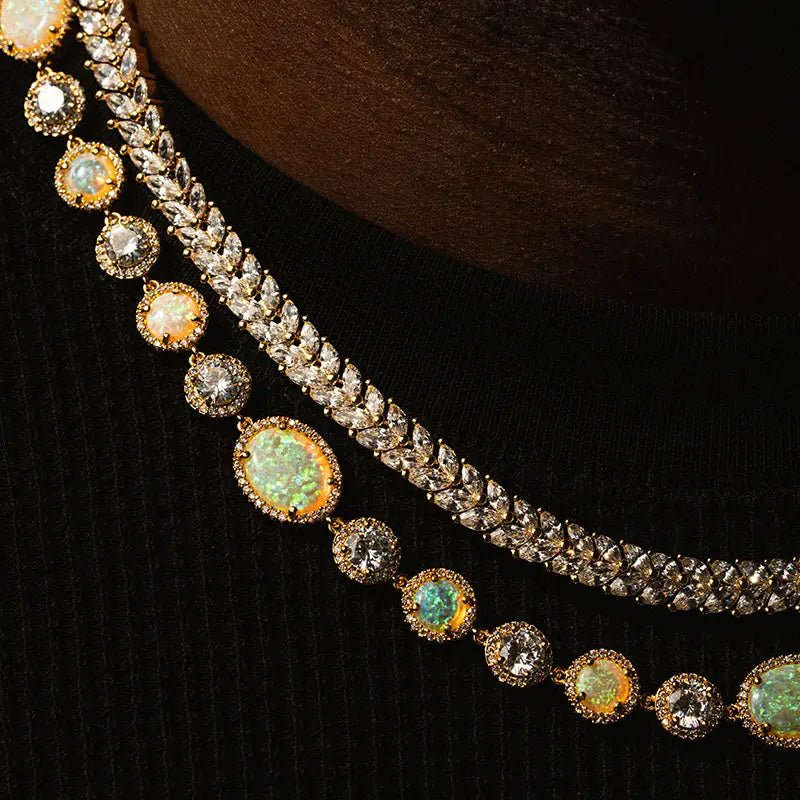
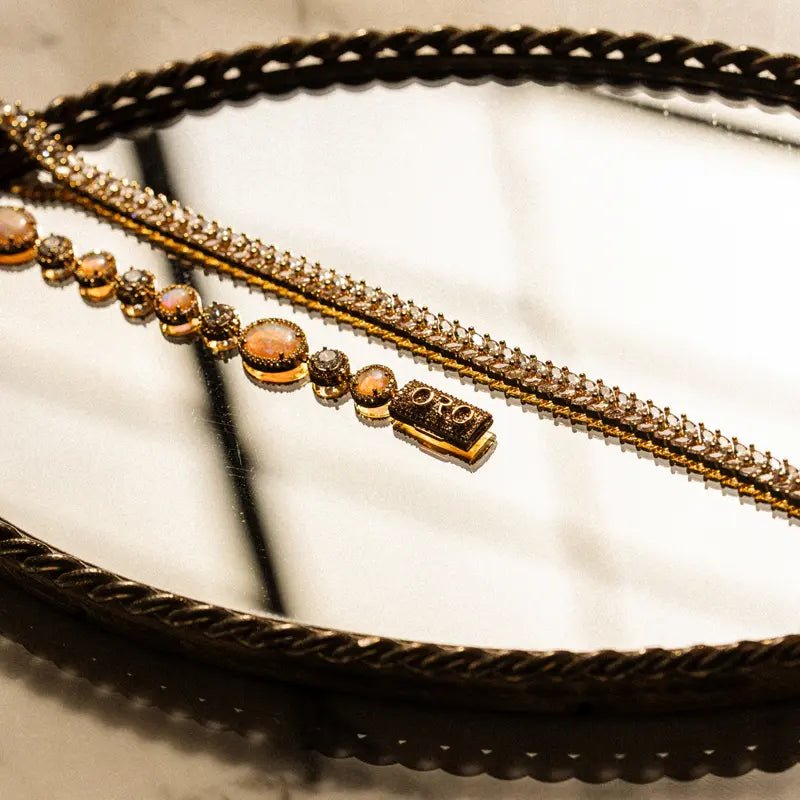
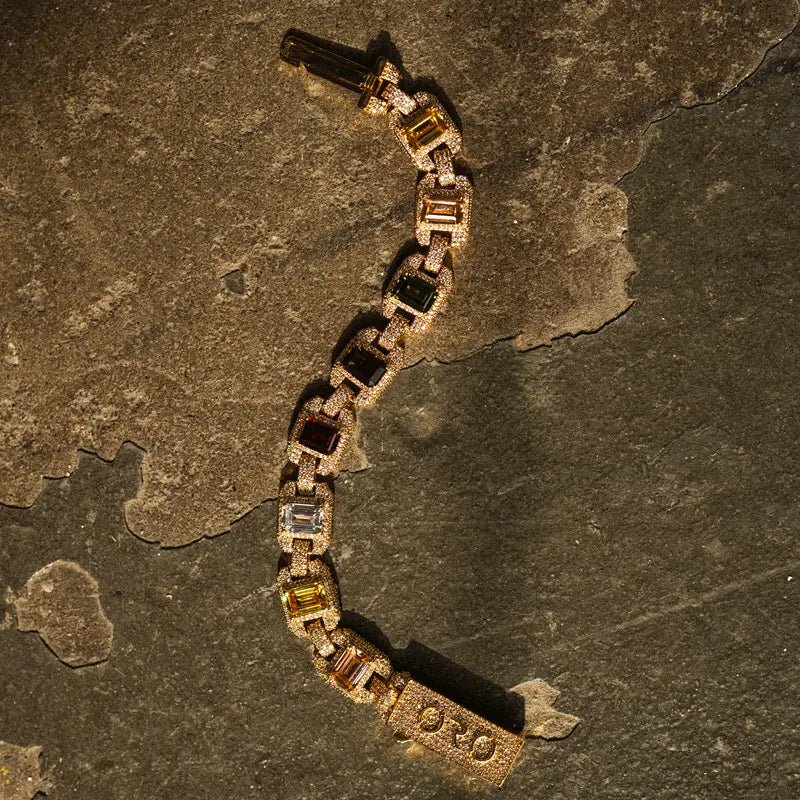
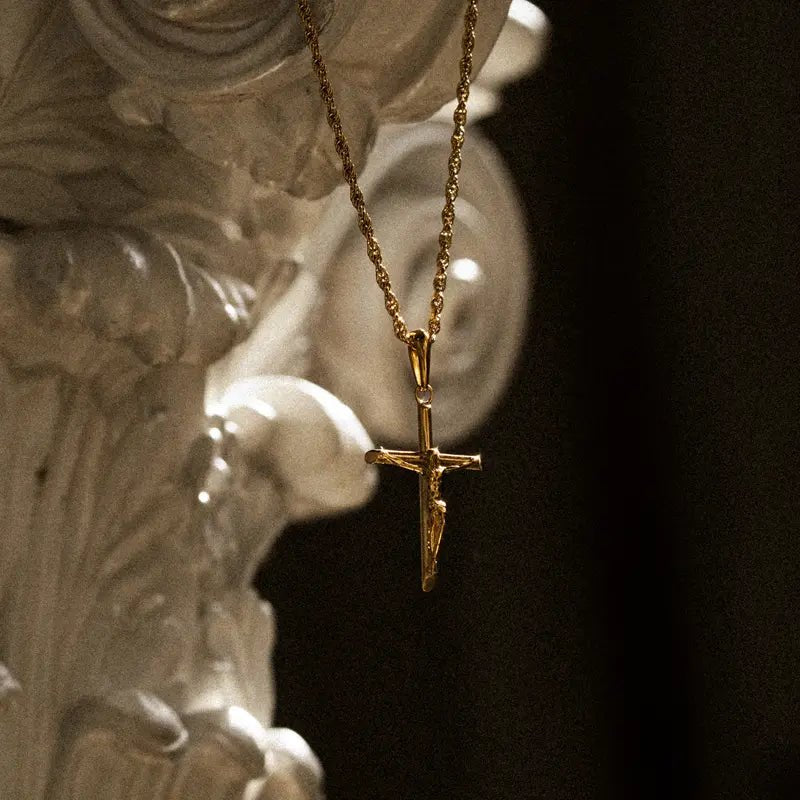



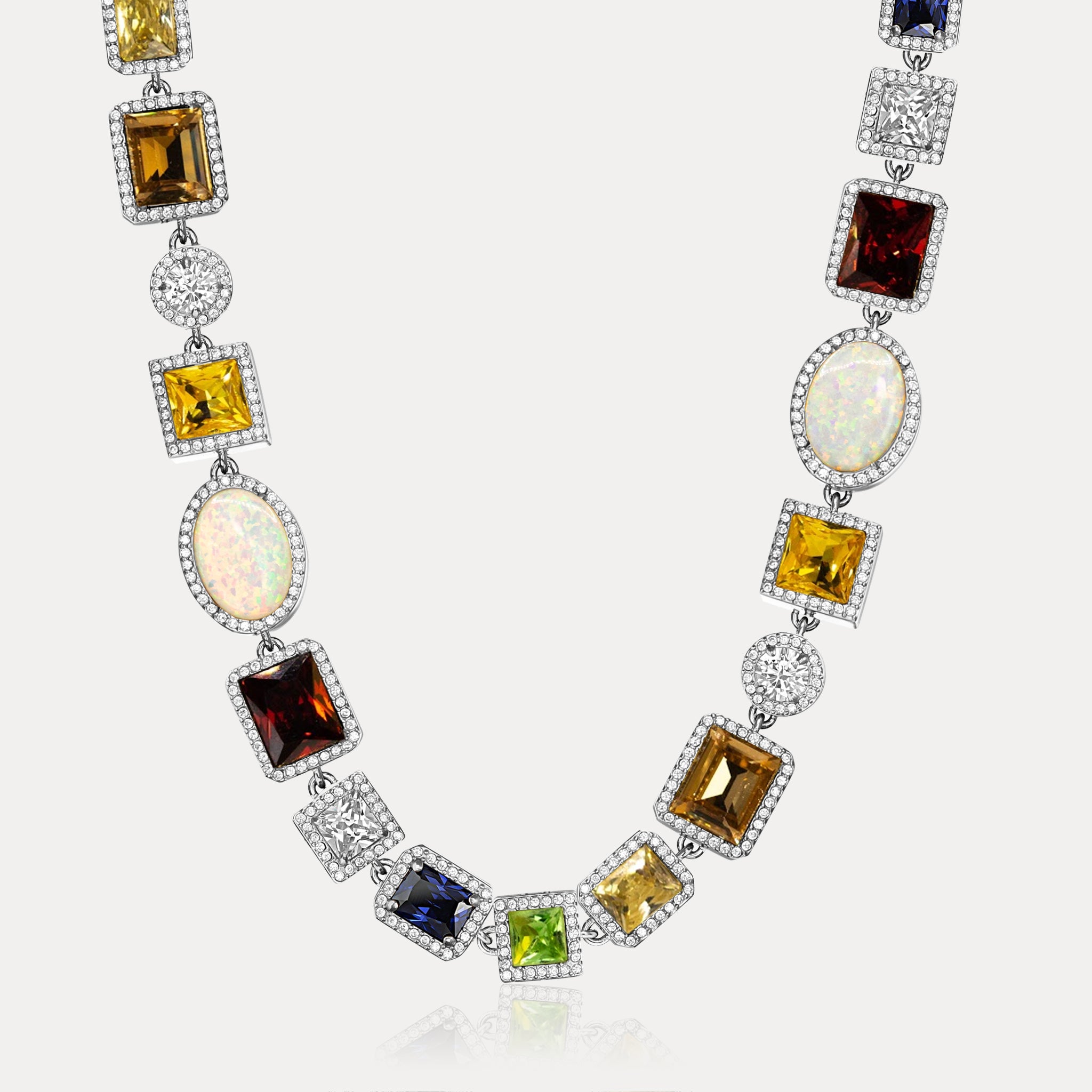
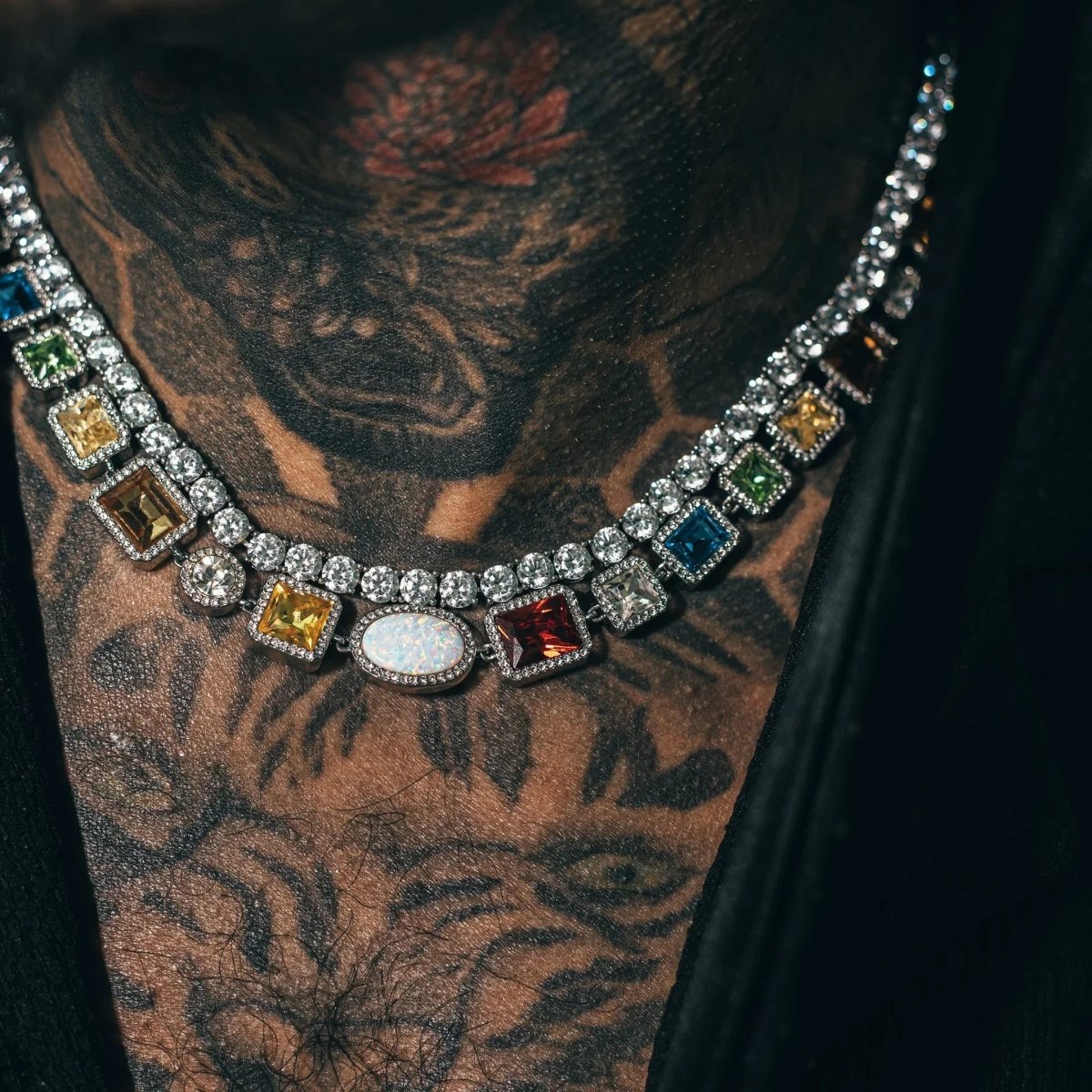
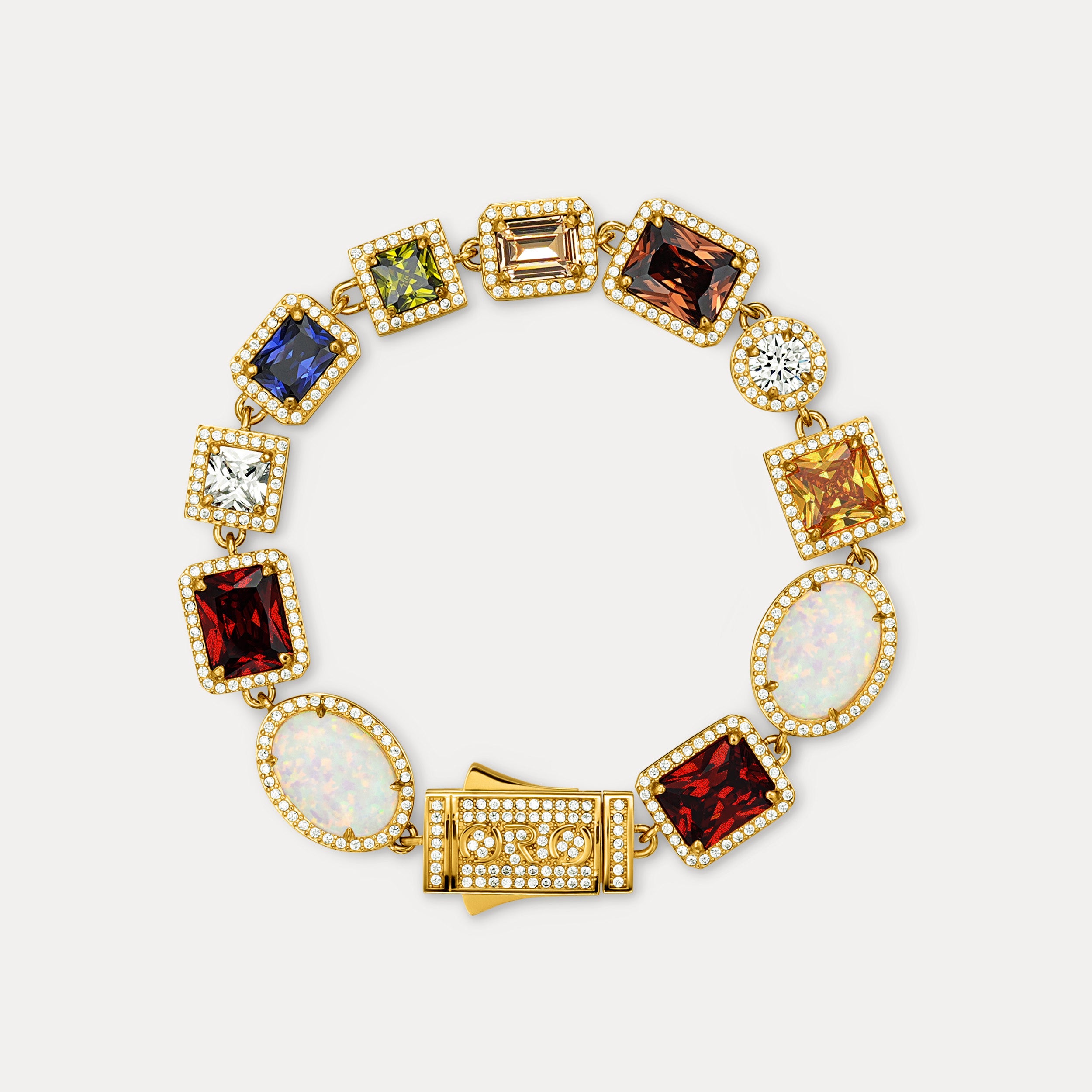

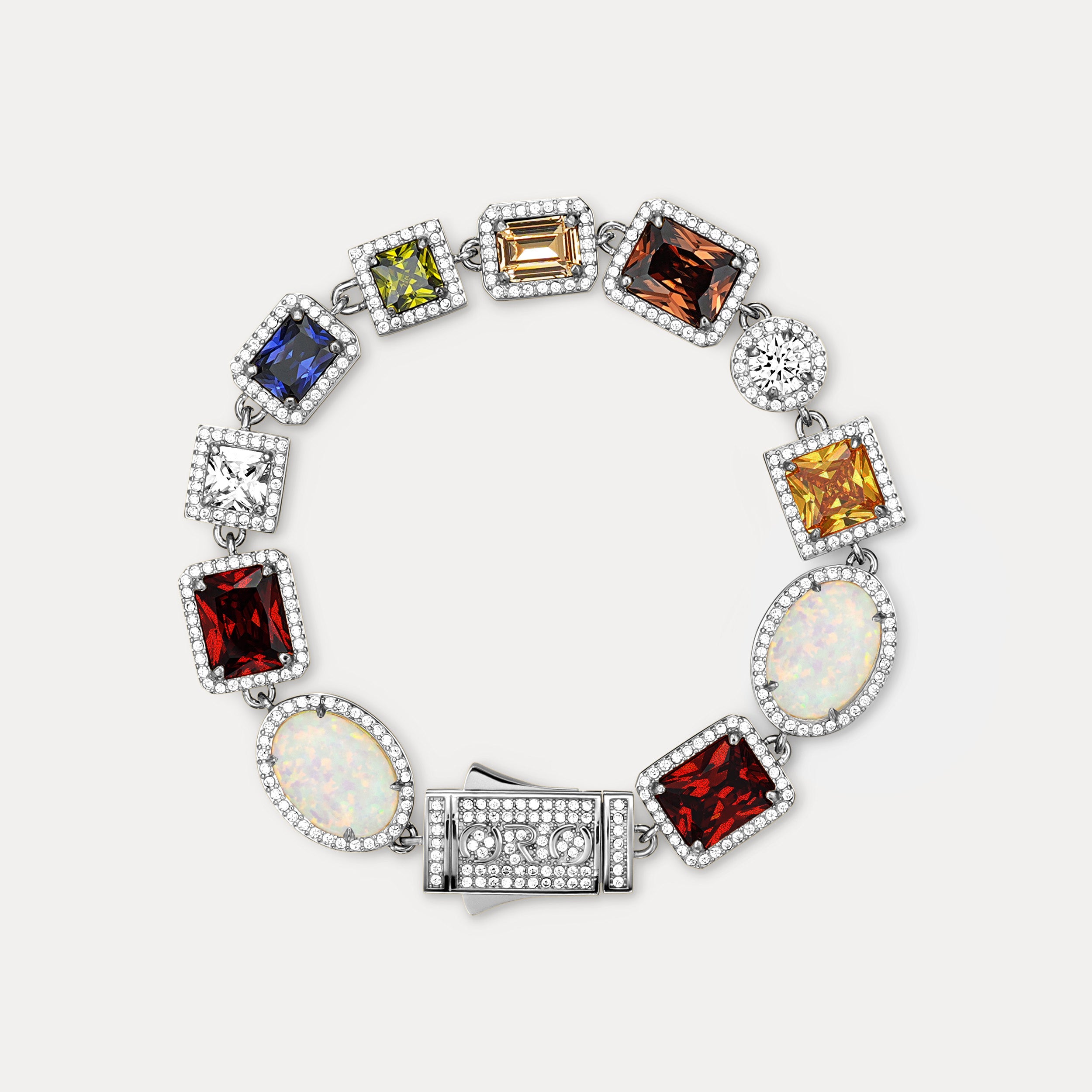

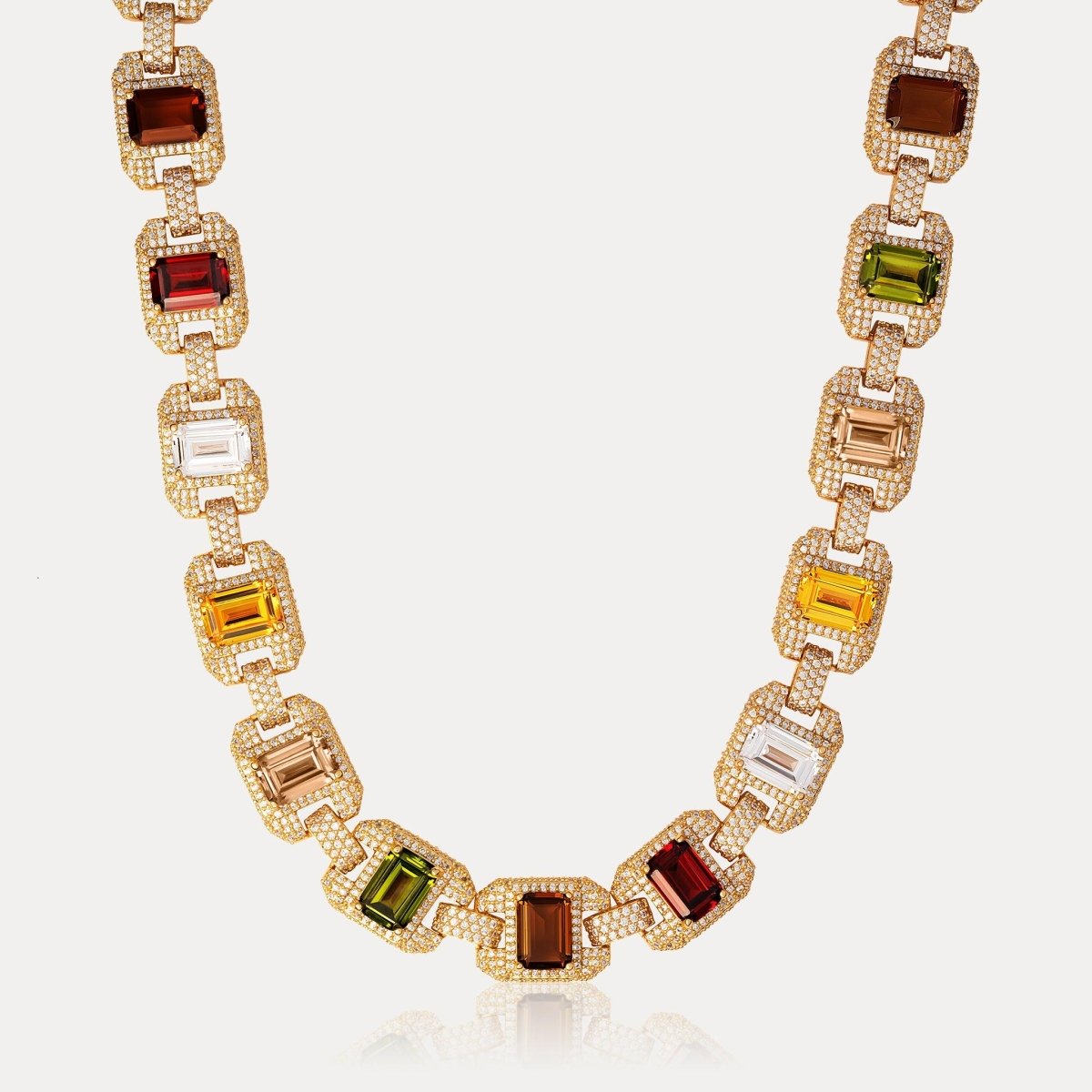
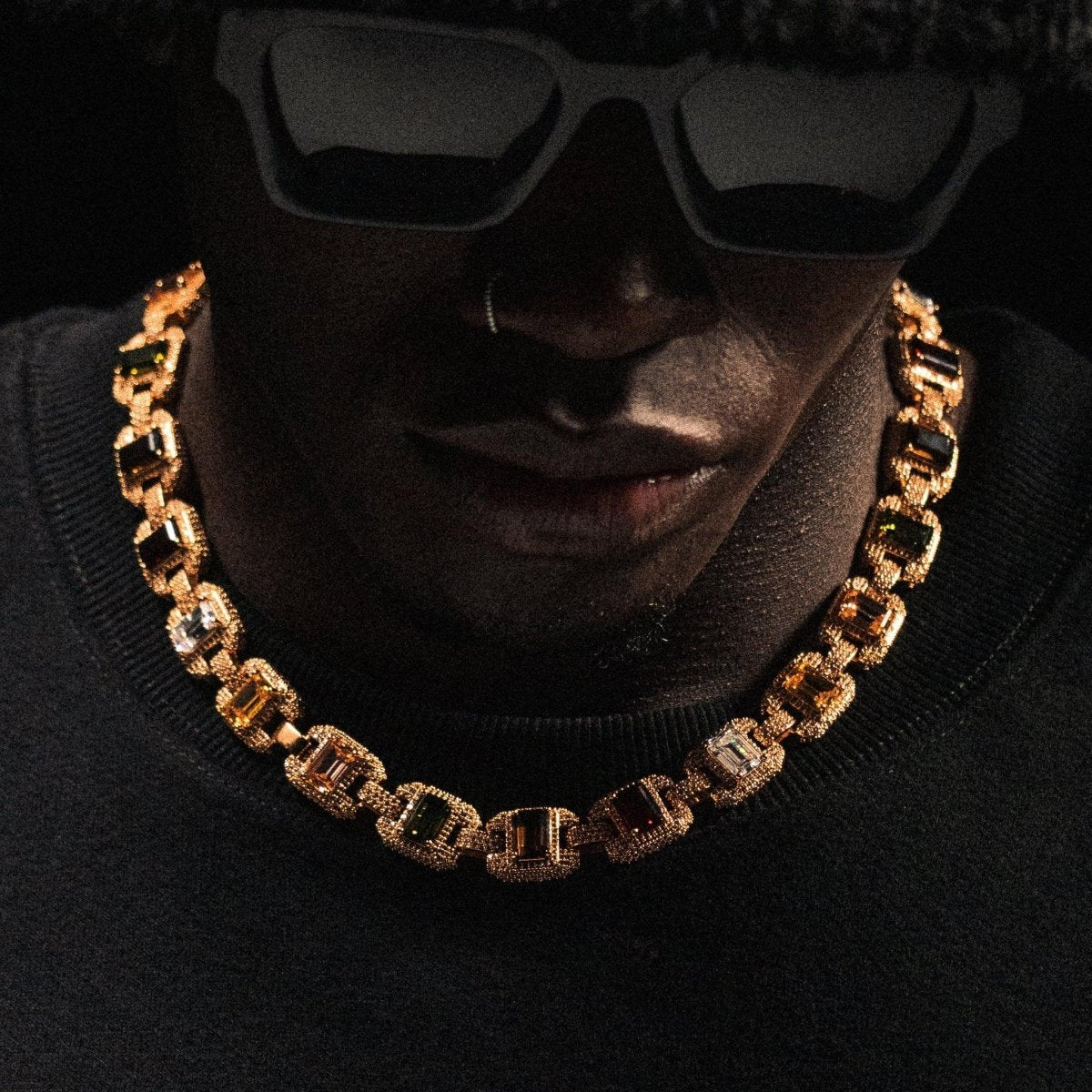


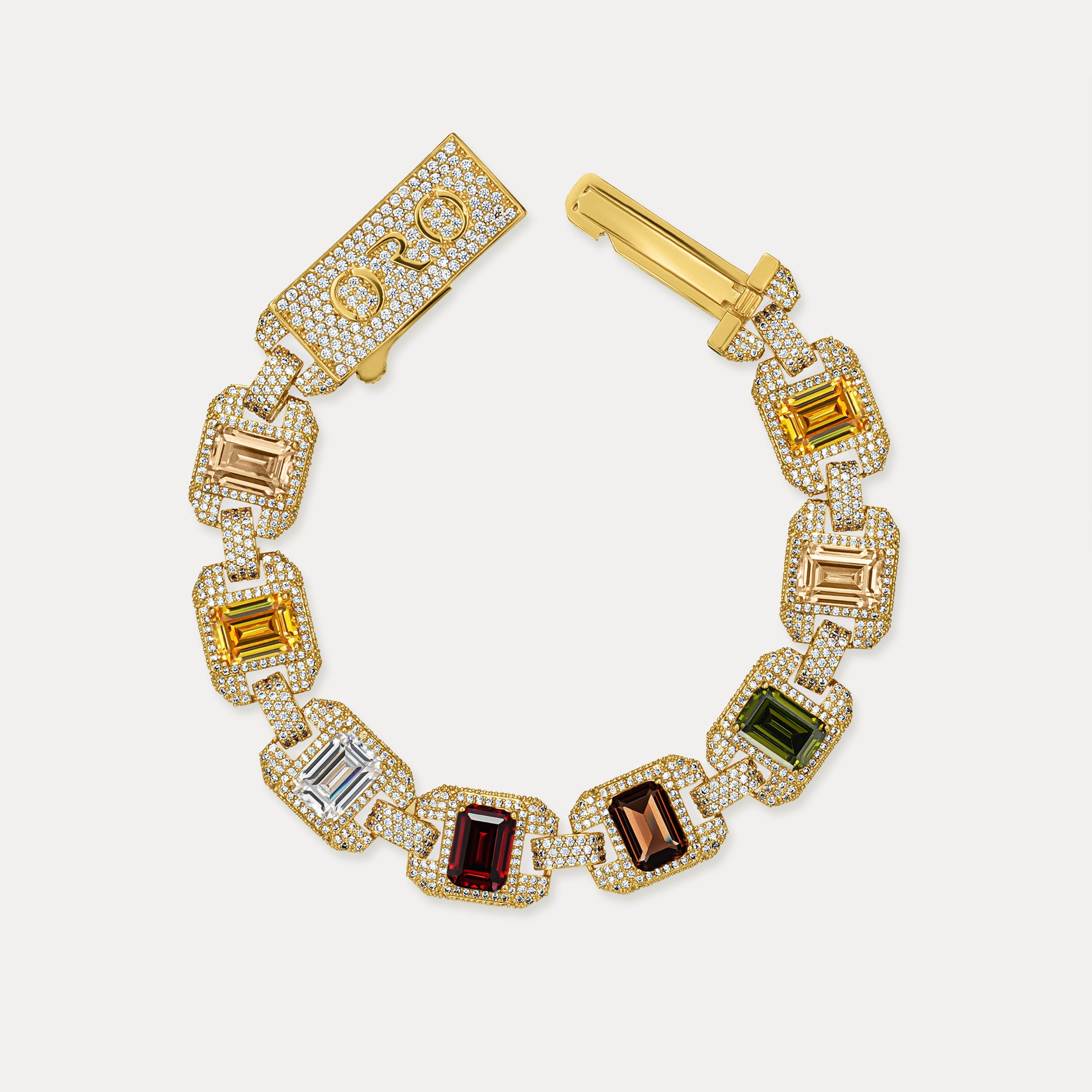

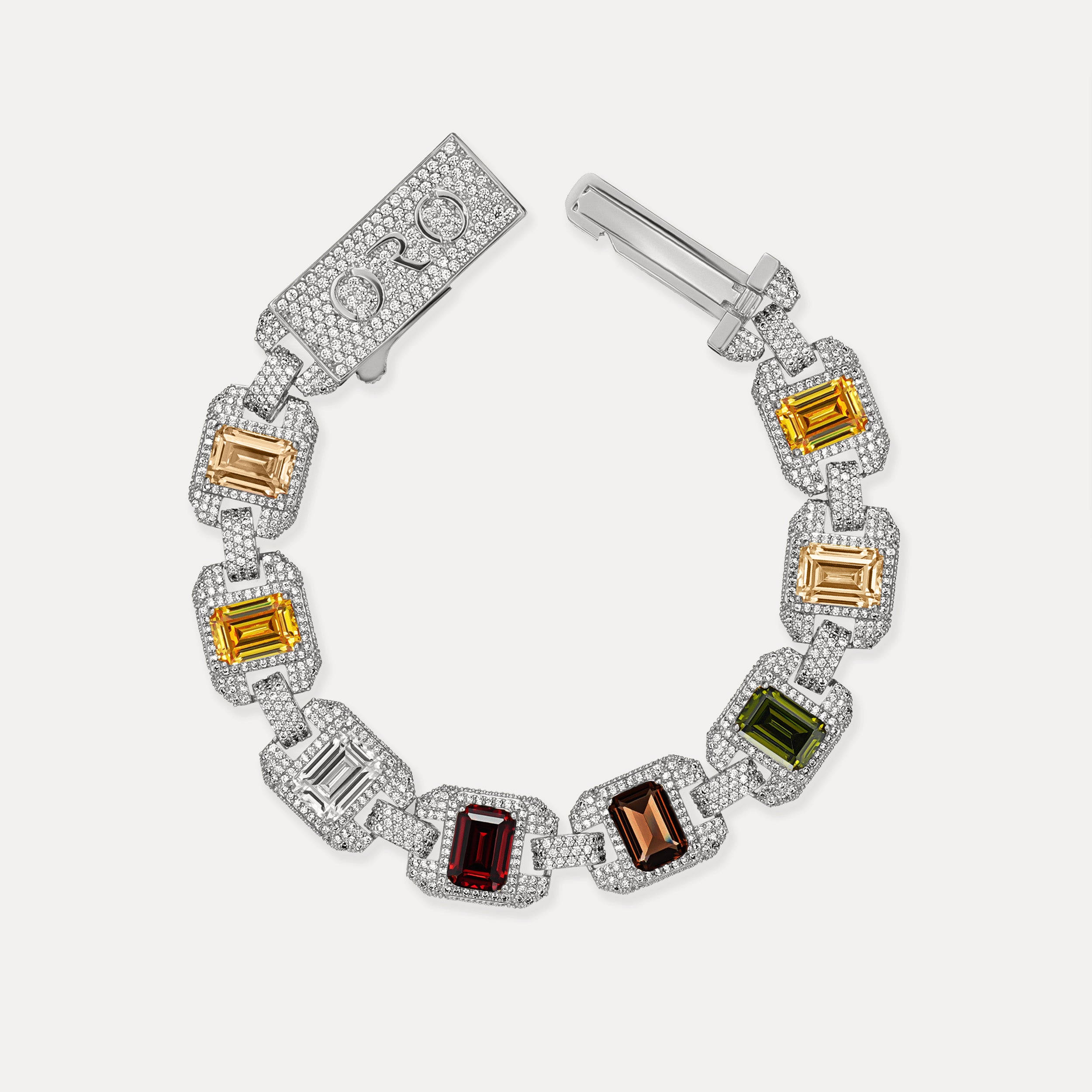

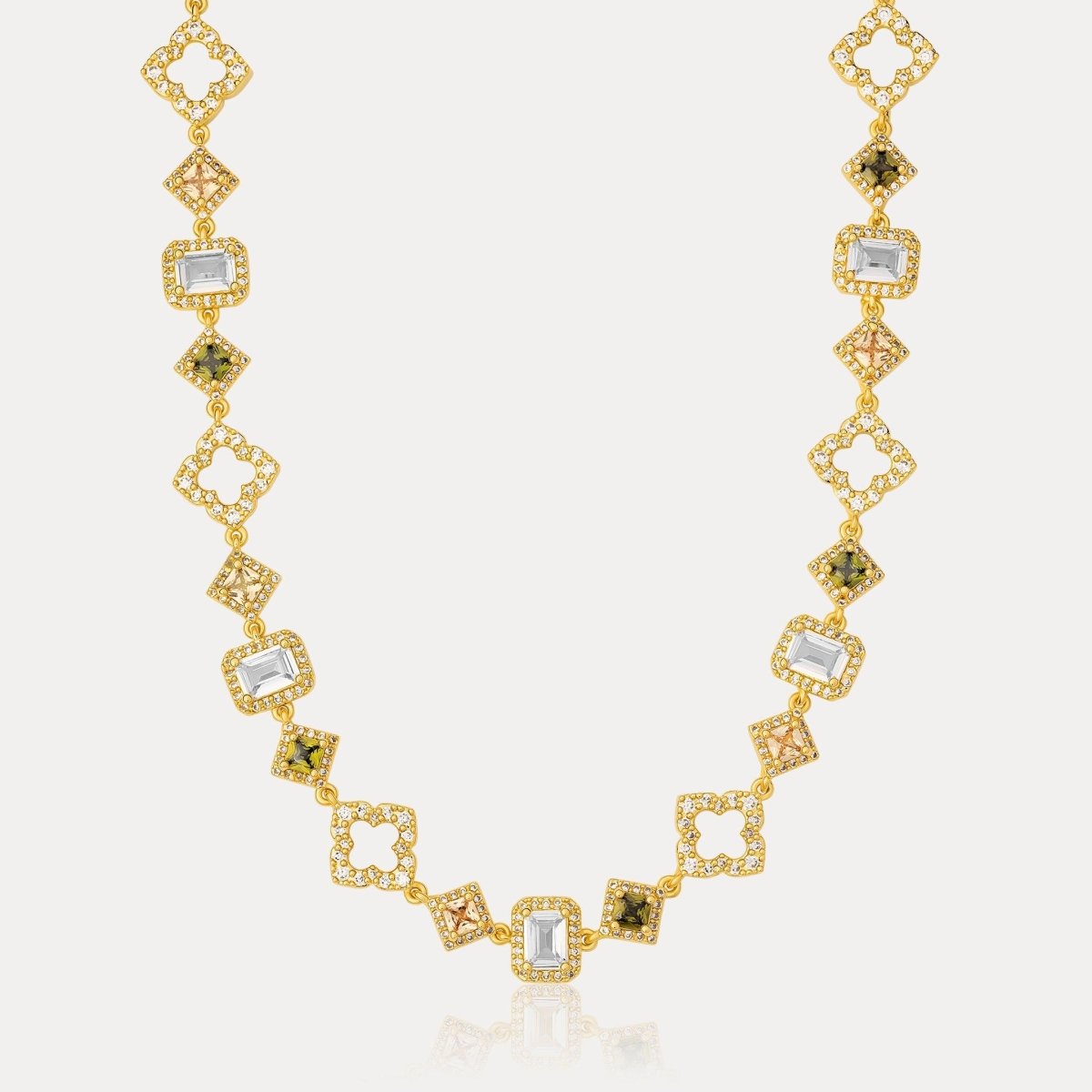
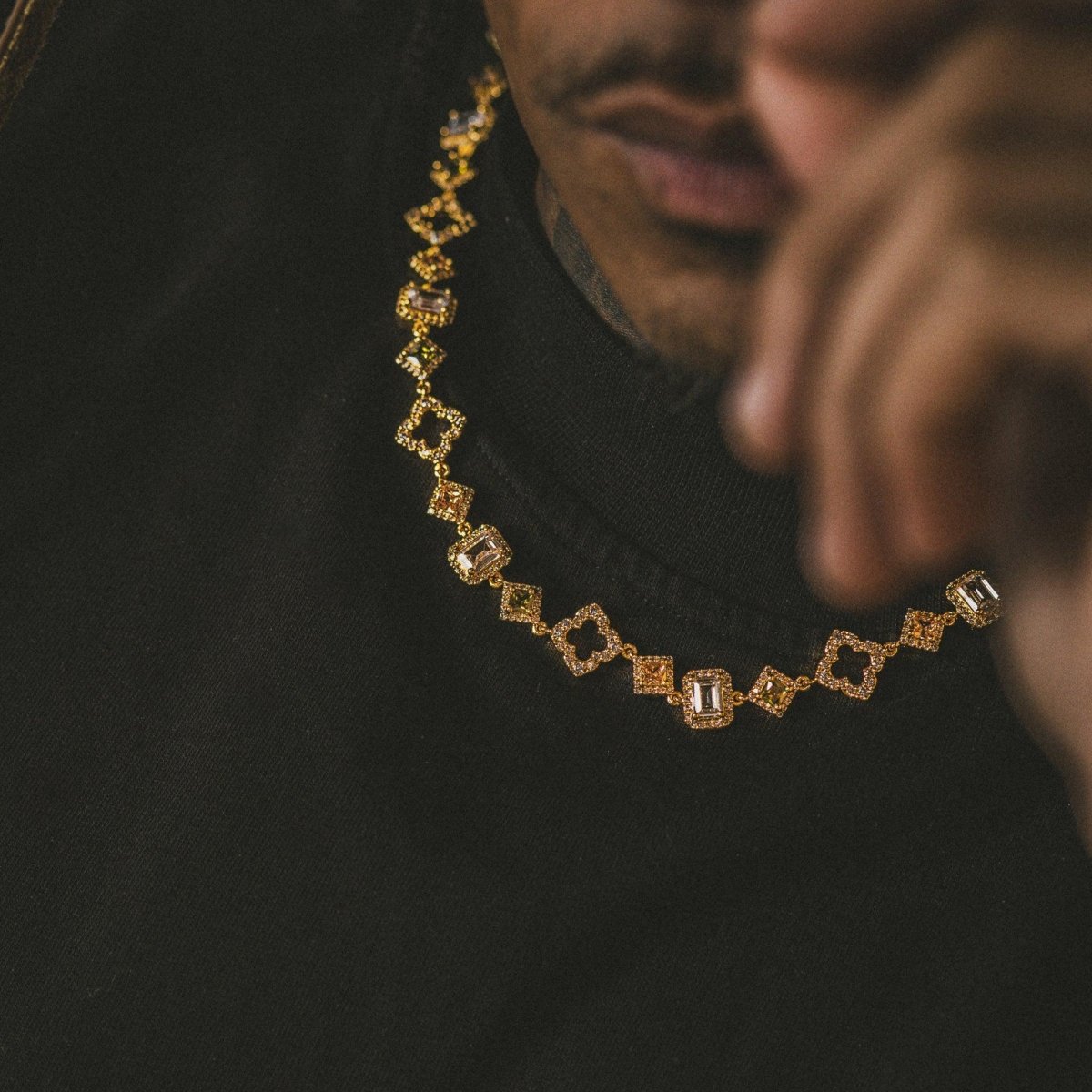
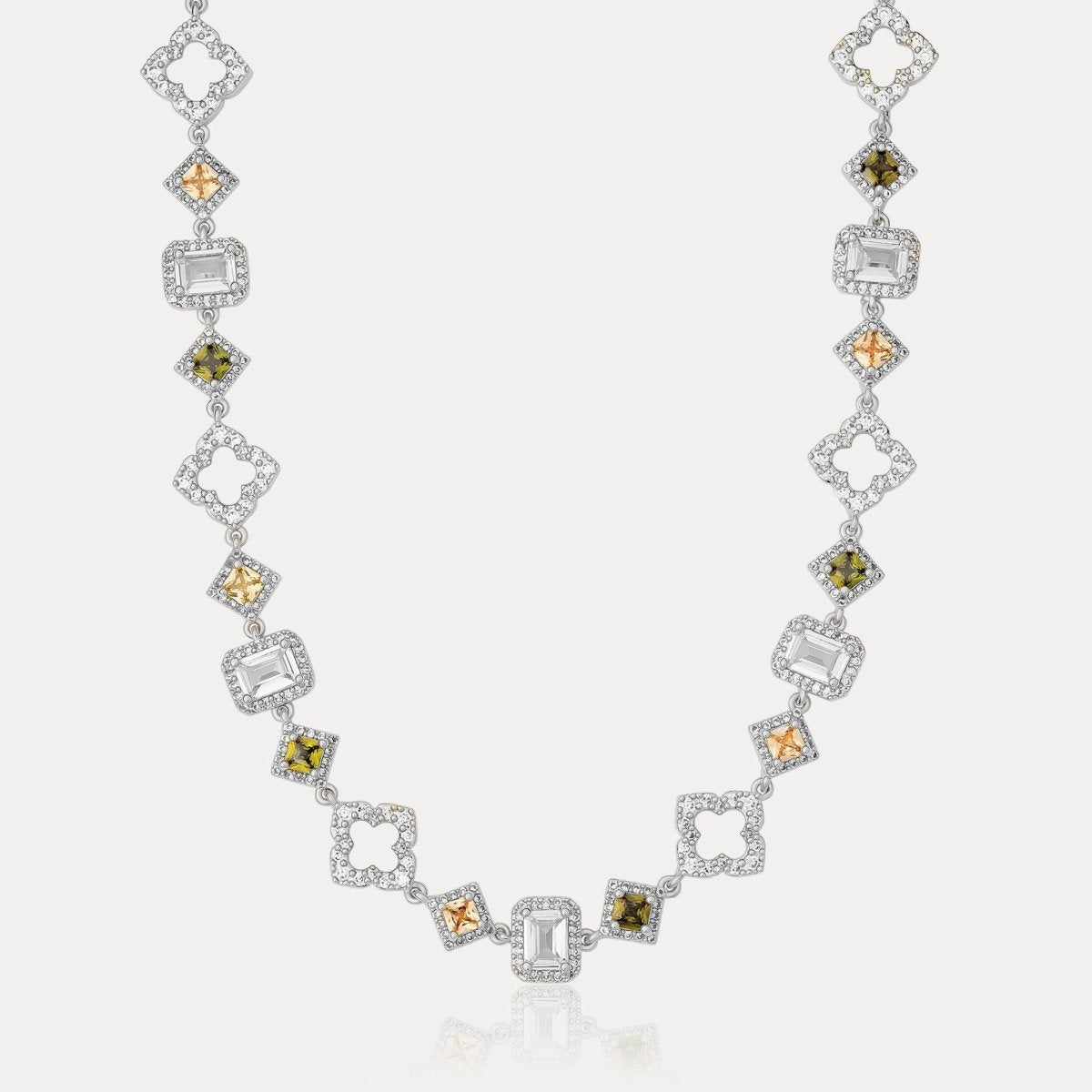

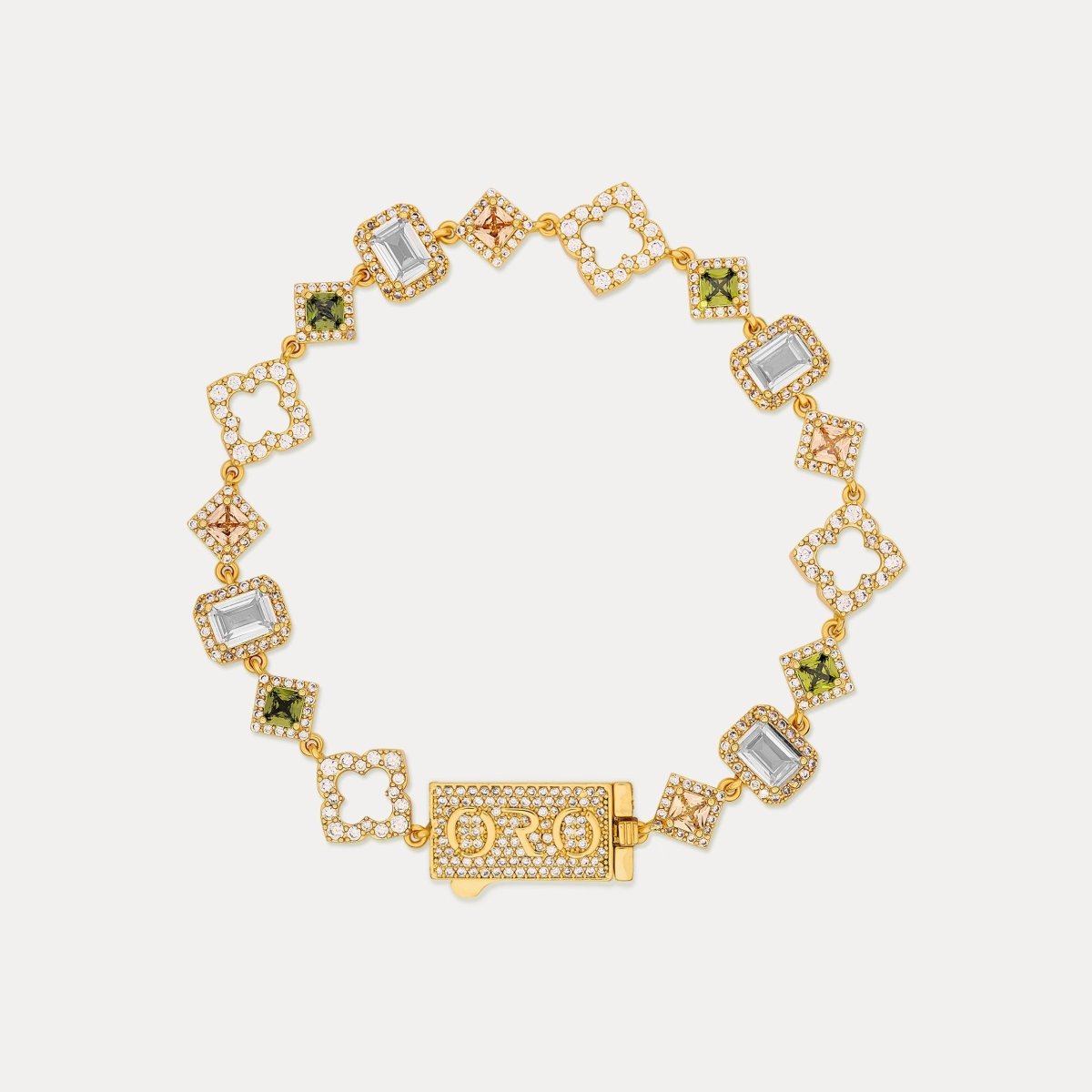
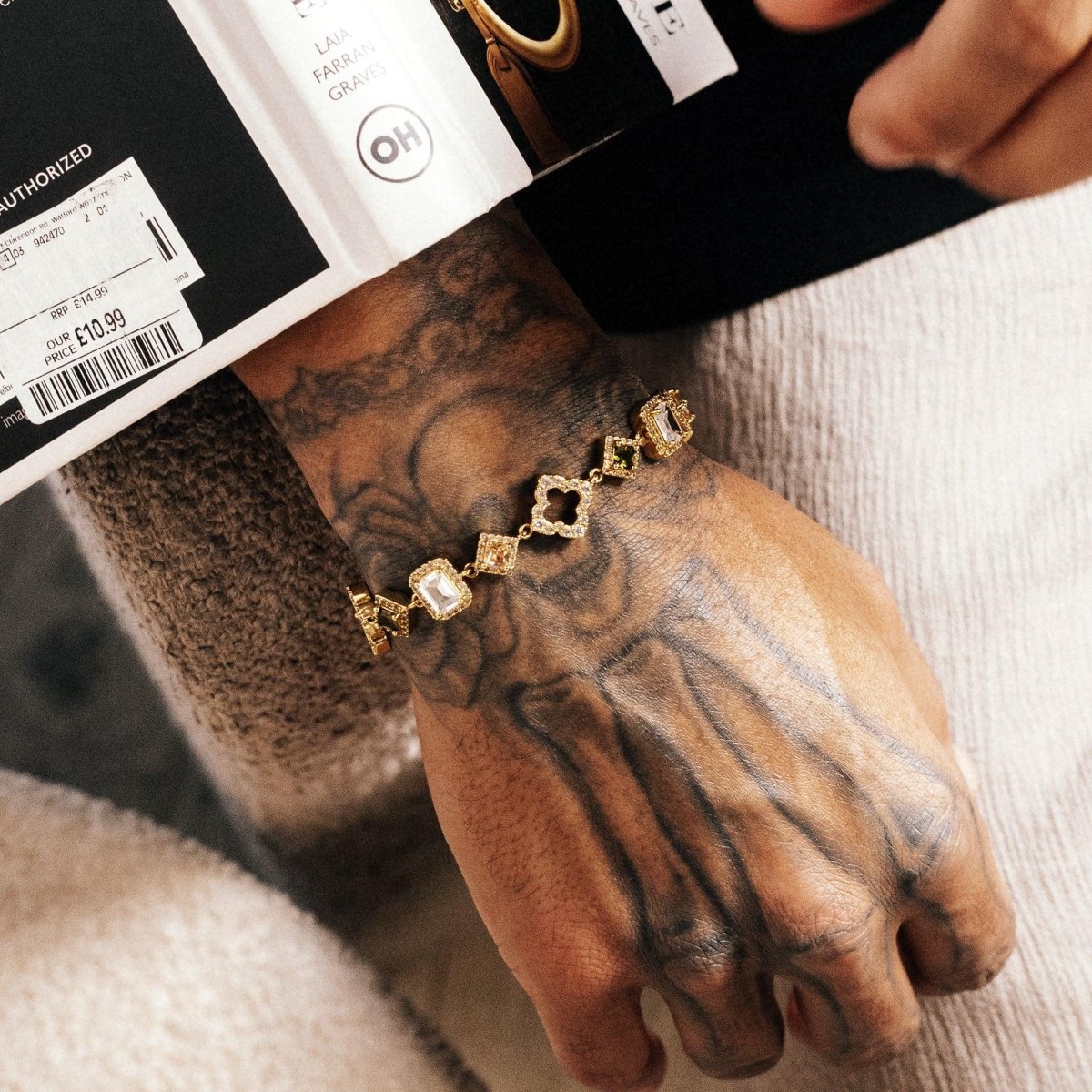

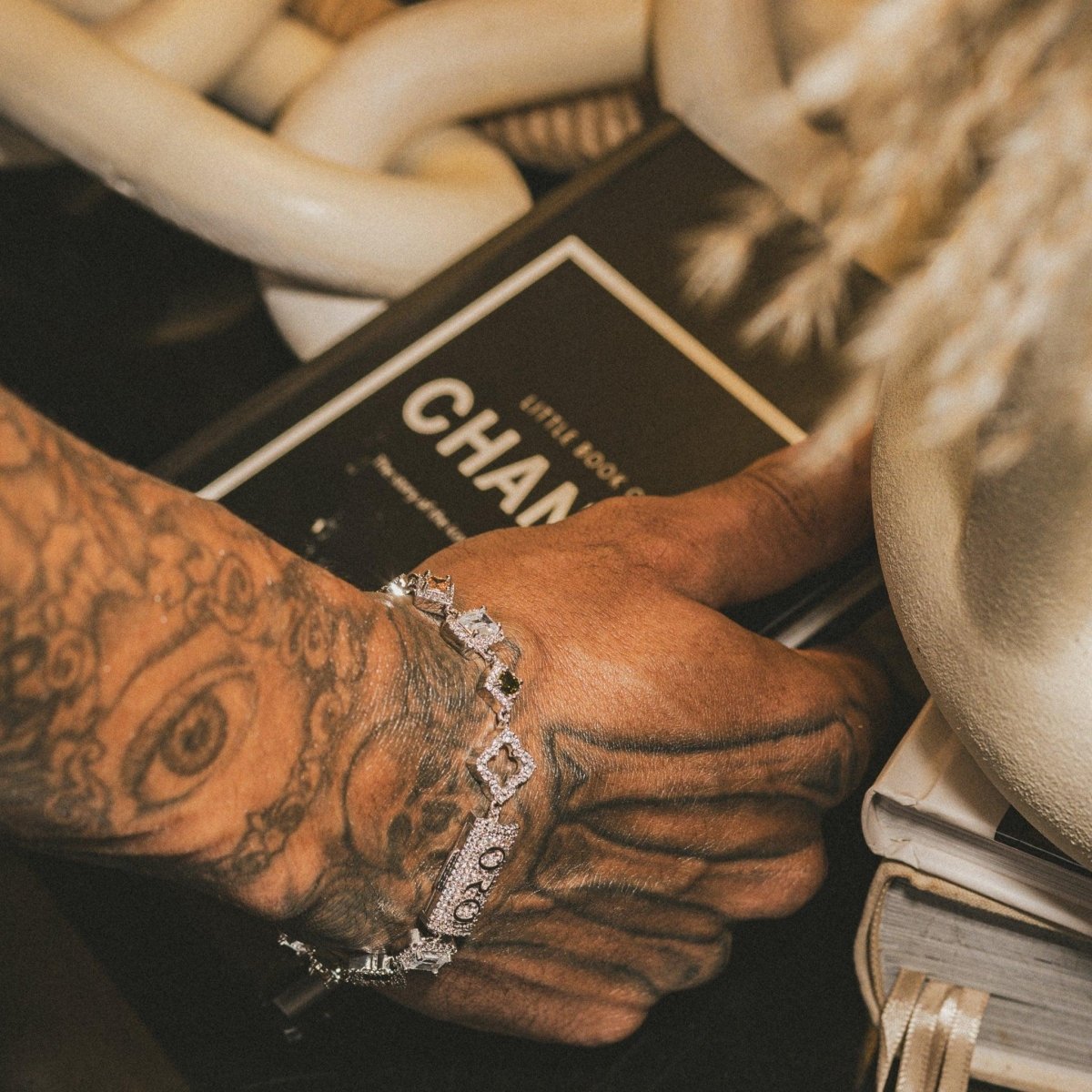
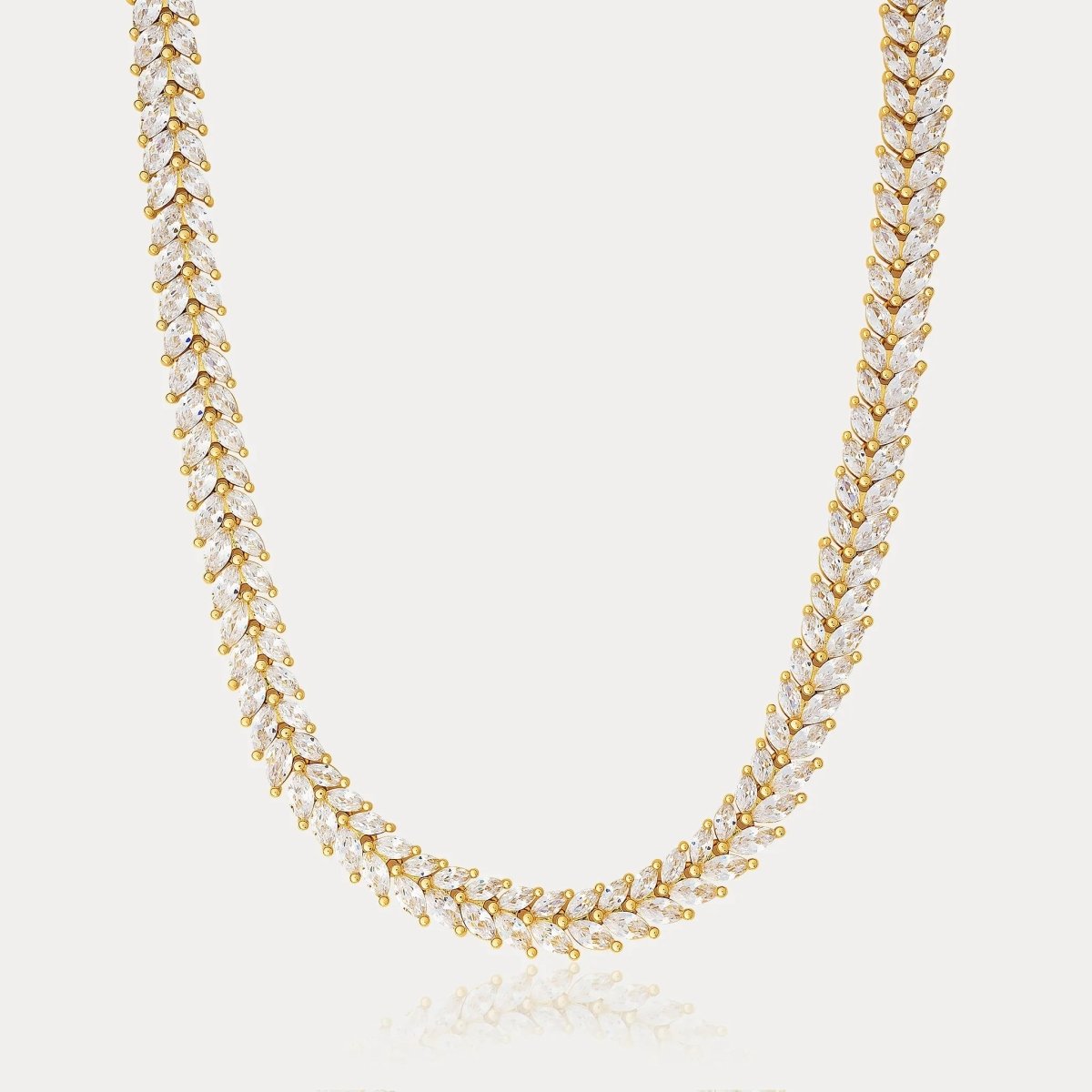
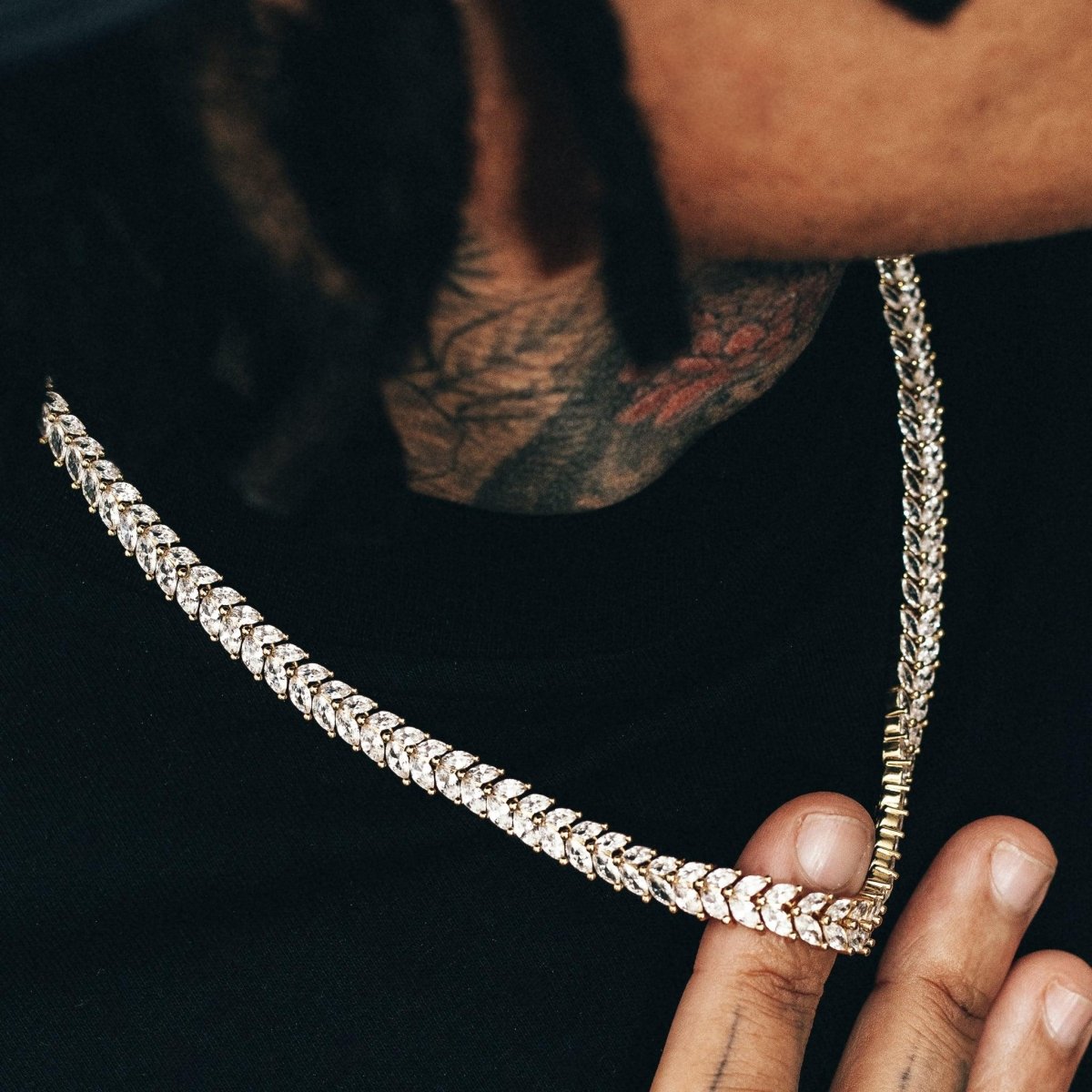
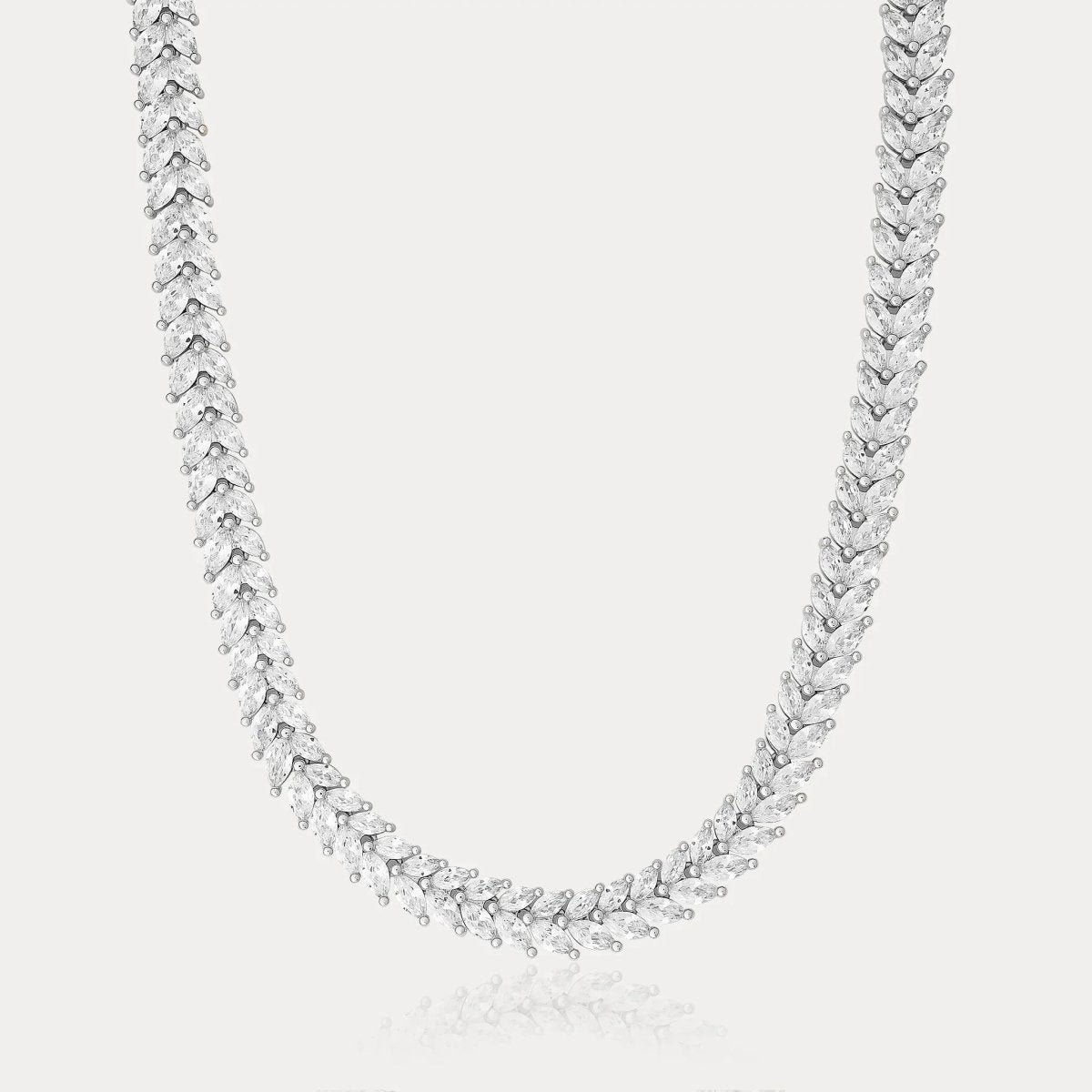

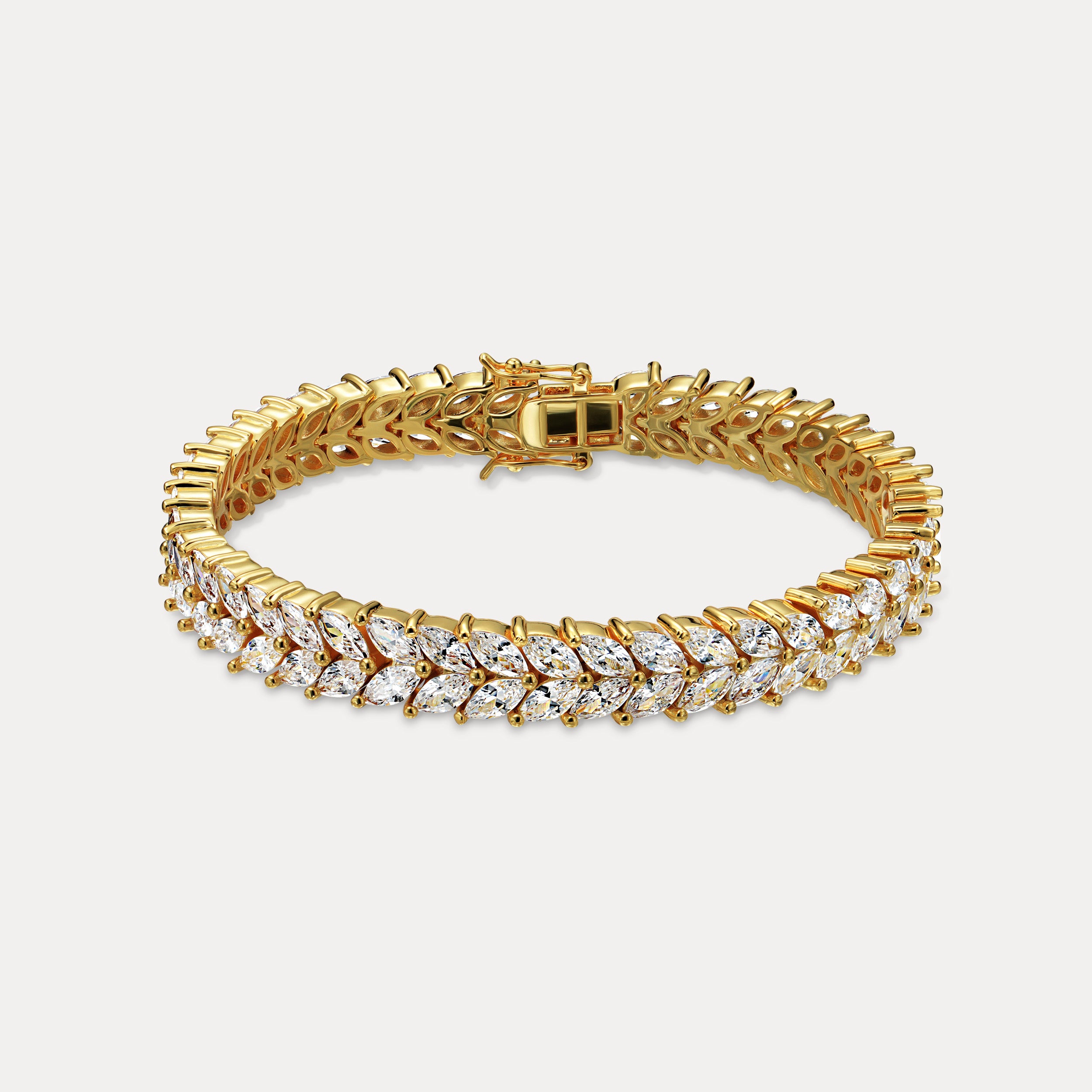

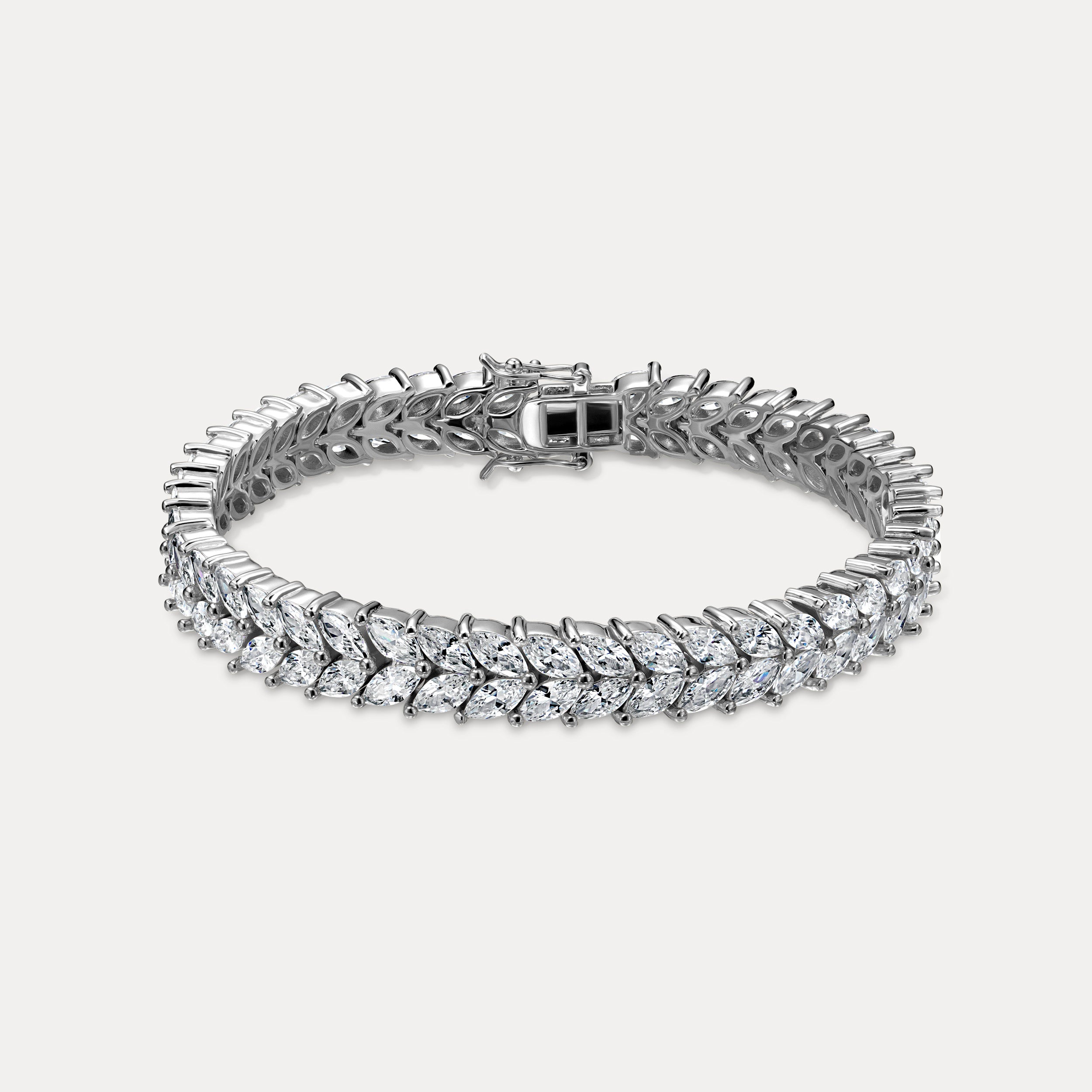
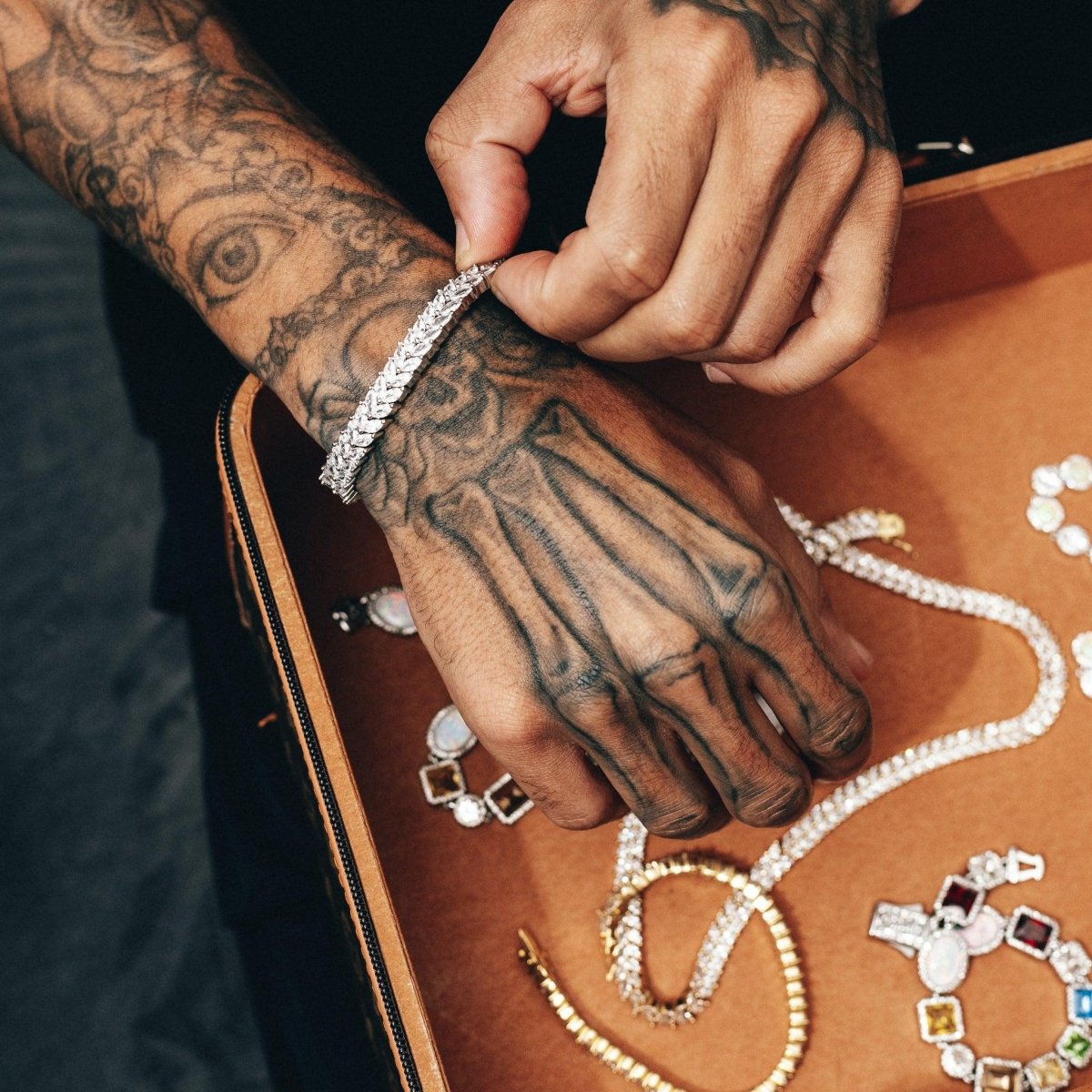
Leave a comment
This site is protected by hCaptcha and the hCaptcha Privacy Policy and Terms of Service apply.